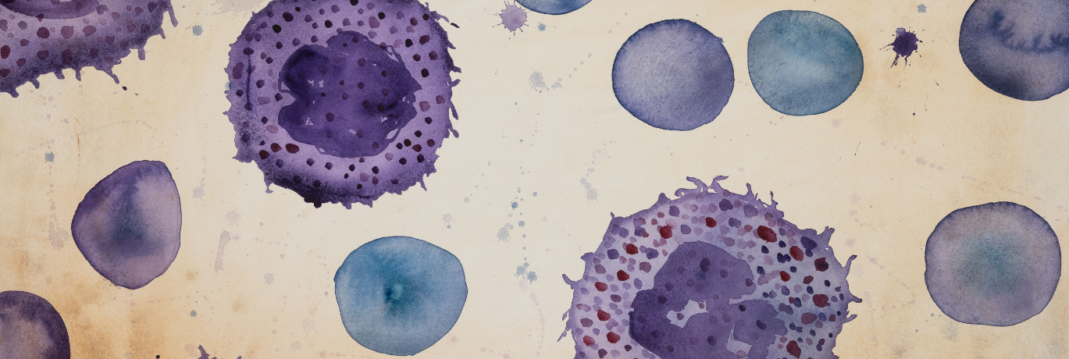Human stem cell based corneal tissue mimicking structures using laser-assisted 3D bioprinting and functional bioinks
Human stem cell based corneal tissue mimicking structures using laser-assisted 3D bioprinting and functional bioinks
Sorkioa A., Kochb L., Koivusaloa L., Deiwickb A., Miettinena S., Chichkovb B., Skottman H.
Biomaterials, 2018
In this study, the authors produced 3D cornea-mimicking tissues using human stem cells and laser-assisted bioprinting (LaBP). Human embryonic stem cell-derived limbal epithelial stem cells (hESC-LESC) were used as a cell source for printing epithelium-mimicking structures, whereas human adipose tissue-derived stem cells (hASCs) were used for constructing layered stroma-mimicking structures. The authors used two previously established LaBP setups based on laser-induced forward transfer, with different laser wavelengths and appropriate absorption layers. Recombinant human laminin and human-sourced collagen I served as the bases for the functional bioinks. For hESC-LESCs, bioink containing human recombinant laminin-521 was chosen, as laminin is a major component in LESC basement membrane in the native cornea. Three different types of corneal structures was printed: stratified corneal epithelium using hESC-LESCs, lamellar corneal stroma using alternating acellular layers of bioink and layers with hASCs, and finally structures with both a stromal and epithelial part. The printed constructs were evaluated for their microstructure, cell viability and proliferation, and key protein expression. The 3D printed stromal constructs were also implanted into porcine corneal organ cultures. Both cell types maintained good viability after printing. Laser-printed hESC-LESCs showed epithelial cell morphology, expression of Ki67 proliferation marker and co-expression of corneal progenitor markers p63α and p40. Importantly, the printed hESC-LESCs formed a stratified epithelium with apical expression of CK3 and basal expression of the progenitor markers. The structure of the 3D bioprinted stroma demonstrated that the hASCs had organized horizontally as in the native corneal stroma and showed positive labeling for collagen I. After 7 days in porcine organ cultures, the 3D bioprinted stromal structures attached to the host tissue with signs of hASCs migration from the printed structure. This is the first study to demonstrate the feasibility of 3D LaBP for corneal applications using human stem cells and the successful fabrication of layered 3D bioprinted tissues mimicking the structure of the native corneal tissue.

Talk to our team for customized support
We are here to help you in your journey.